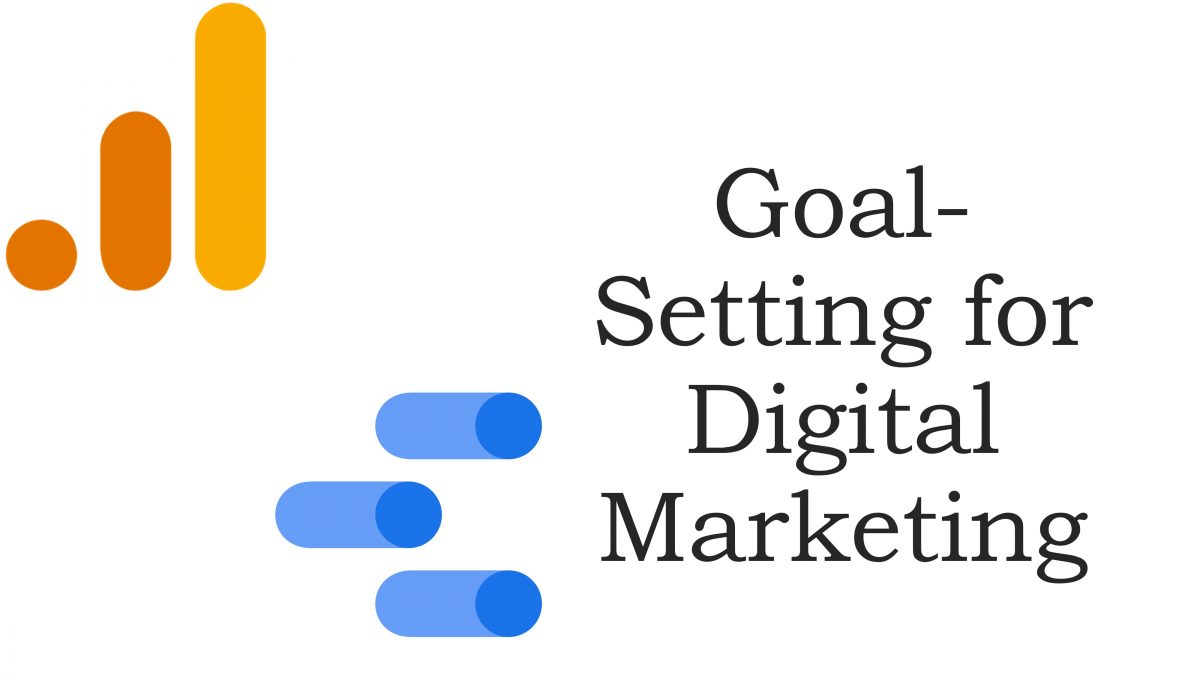
In this article, I won’t be showing you how to set digital marketing goals. I’ll touch on it, but I won’t really go into any how-to details, because this article is about something that comes afterward: measurement.
So, if you’ve followed the S.M.A.R.T. acronym of goal-setting, you know that your goals need to be specific, measurable, achievable, results-oriented, and time-bound.
Well, with the analytical tools I’m going to be discussing here (and there are more), at least 4, and ultimately all 5, of the S.M.A.R.T. aspects can be addressed.
The 2 tools I’ll mention here are part of a suite of Google’s business-oriented tools. These are Google Analytics 4, and Google Data studio.
(There are others, such as Google Search Console, Google Ads, Analytics 360, Google Optimize, and Google Marketing Platform, but for now, I’ll focus on the 2 I previously mentioned.)
Specific
With Google Analytics, depending on how well you define your goals, you can make them very specific.
Depending on how much familiarization you want to develop with the types of data you can get from Google Analytics, your data-collection may become very granular, and you may be better able to more specifically refine your goals.
Measurable
Well hey…if there’s only one of the 5 parts of SMART that Google Analytics can help you with, it’s this one.
Just the name itself tells you: Google Analytics 4 is a platform where you can establish and measure a wide range of data points.
Just make sure that those are data points that are meaningful to your team.
Achievable
Above, I said that these tools can help with at least 4, and eventually all 5 of the aspects of SMART.
Well, when I said 4, I was leaving out this one–achievable.
You see, when you first start out with Google Analytics, you won’t have the accumulated data to tell you exactly what’s possible–not from a measurement perspective.
It’s at that point that you have to decide what’s achievable.
And then, as you use Google Analytics (and maybe Data Studio as well), you’ll have accumulated data, and over time, you’ll be able to better determine what’s achievable–from a measurement perspective.
Results-Oriented
A key results-oriented data point is the conversion rate.
But maybe you don’t want to measure that. Maybe you’re a charity who wants to measure a data point that pertains to engagement.
Time-bound
With virtually any feature in Google Analytics 4, you can set a time range. Do you want to hit a certain goal by a certain date, and measure your success?
No problem.
Earlier today, the Google Analytics Twitter channel had a tweet about a video on configuring goals and conversions in Google Analytics 4.
The video, by Julian Juenemann of MeasureSchool, is 42 minutes, 30 seconds long, so you do have to set aside some time to sit down and take notes.
Once a business has done it’s goal-setting for digital marketing, then the real measuring and analytics tools should be established, and I hope this article has given you some clues as to how you can go about that.
Source: Google Analytics Twitter channel